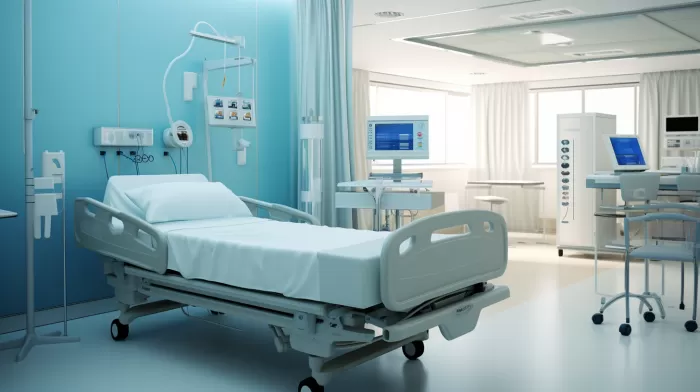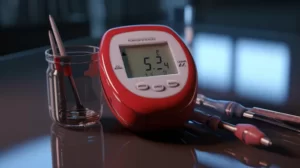In the sterile and advanced locations where people go to heal, they are needlessly dying from causes that are within control and fully preventable. According to the Journal of Patient Safety, data from the Institute of Medicine showed that in 1984, 98,000 Americans died from preventable deaths while in the hospital each year. This number has since escalated, reaching a shocking 400,000 preventable deaths annually from 2008 to 2011.
There are many factors that contribute to this alarming number. Medical practitioner arrogance, insurance companies determining who gets treated and for how long, and departments within hospitals not coordinating their efforts are just some of the main issues.
Personal Experience
For instance, imagine being scheduled for a total hip replacement surgery, which becomes necessary due to a slipped capital femoral epiphysis (SCFE) that went undiagnosed for years and led to bone-on-bone arthritis. Even after decades of self-care involving stretching, massage, acupuncture, and various therapies – the time comes for the hip replacement.
The surgery itself and the hospital’s facilities align with expectations, but aspects such as food quality and infection risks leave much to be desired.
Infection Risks
Post-surgery complications can emerge, such as being unable to urinate due to spinal anesthesia. This requires a nurse to insert a catheter, which can lead to a bladder infection if proper sanitization procedures are not diligently followed.
Poor Food Quality
Hospital food is infamous for being bland and unappetizing, but the food quality goes beyond mere taste and presentation. It’s common for hospitals to lack fresh, chemical-free, and nutrient-dense foods crucial for patient recovery. Many times, the options provided contain high amounts of sugar, high fructose corn syrup, and other unhealthy ingredients.
Something as simple as a packet of graham crackers may contain enriched flour (which has been over-processed), and dangerous trans fats such as partially hydrogenated soybean oil – known to cause major diseases. Options like these do not help with healing and only contribute to decreased patient health.
Potential Infection Risks
Physical therapists in the hospital setting are often responsible for determining the strength levels of patients and deciding if they are fit enough to return home or if they need to stay longer within the hospital.
However, even within these environments, the risk of infection can be imminent. For example, during one of these physical therapy sessions, another patient may have Methicillin-resistant Staphylococcus aureus (MRSA) – a dangerous bacterium that causes infection and is resistant to antibiotics. The chance of being exposed to MRSA is too great a risk for someone with an open wound from recent surgery.
Avoiding Preventable Deaths
With a combination of assertiveness and following medical recommendations, patients can minimize their risk of preventable deaths in hospitals. By being aware of the dangers, patients can be proactive in requesting to be discharged soon after surgery.
Once home, it is important to follow all instructions from the surgeon, visiting nurses, and physical therapists. Patients should also focus on healthy dietary choices like organic chicken, vegetables, fruit, and water; as well as other beneficial practices like deep breathing exercises, and energy visualization.
In conclusion, while hospitals and healthcare providers may have the best intentions, the lack of coordination and communication between departments can create preventable risks. Patients must be vigilant in looking out for these potential dangers and take necessary steps to ensure their own health and well-being during recovery.



